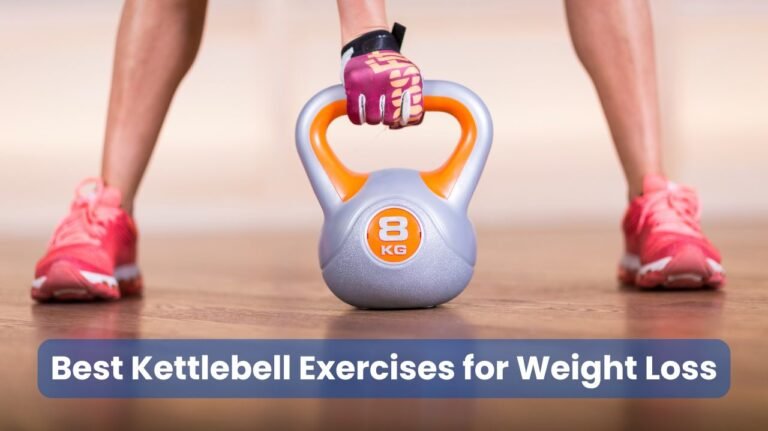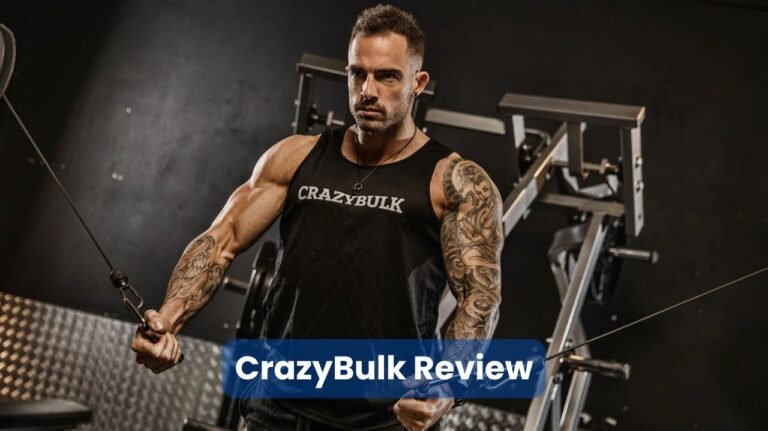How to Choose the Right Bodybuilding Program for Your Goals
Selecting the right bodybuilding program can feel overwhelming for anyone starting their fitness journey.
With countless training methodologies, workout splits, and exercise variations available, finding the perfect program that aligns with individual goals requires careful consideration of several factors.
This comprehensive guide will help fitness enthusiasts make informed decisions about their training approach.
👉 Boost in Focus and Energy to Help Increase Pumps and Performance
👉 Increase Gains, Promote Muscle Growth and Boost Energy
👉 Powerful Muscle Growth, Increased Blood Flow, and Enhanced Pumps
👉 Bulk-Up, Increase Gains, And Improve Recovery
Understanding Your Goals
Before diving into any bodybuilding program, it’s crucial to clearly define your objectives. Different goals require different approaches, and your training should reflect your desired outcomes.
Common bodybuilding goals include:
- Building muscle mass (hypertrophy)
- Increasing strength
- Improving muscle definition
- Enhancing athletic performance
- Losing body fat while maintaining muscle
- General fitness and health improvement
Types of Bodybuilding Programs
Traditional Bodybuilding Split
This classic approach divides training sessions by muscle groups, allowing for maximum focus on specific body parts with adequate recovery time.
Common splits include:
- Push/Pull/Legs (PPL)
- Upper/Lower Split
- Bro Split (one muscle group per day)
- Arnold Split (chest/back, shoulders/arms, legs)
Full Body Workouts
Ideal for beginners and those with limited training time, full-body workouts offer several advantages:
- More frequent training of each muscle group
- Higher caloric burn per session
- Greater flexibility in scheduling
- Improved movement patterns and coordination
Power Building Programs
These hybrid programs combine traditional bodybuilding with powerlifting elements:
- Focus on compound movements
- Progressive overload emphasis
- Aesthetic development
- Strength gains
Program Selection Based on Experience Level
| Experience Level | Recommended Frequency | Volume Per Muscle Group | Rest Between Sets | Program Type |
|---|---|---|---|---|
| Beginner (0-1 year) | 3-4 days/week | 10-12 sets/week | 60-90 seconds | Full Body or Upper/Lower |
| Intermediate (1-3 years) | 4-5 days/week | 13-16 sets/week | 45-75 seconds | PPL or Upper/Lower |
| Advanced (3+ years) | 5-6 days/week | 16-20 sets/week | 30-60 seconds | Body Part Split or PPL |
Key Factors to Consider
Time Commitment
Your available time for training significantly influences program selection:
- 2-3 days per week: Full body workouts
- 3-4 days per week: Upper/lower split
- 4-6 days per week: PPL or body part split
Recovery Capacity
Consider these factors affecting recovery:
- Sleep quality and duration
- Stress levels
- Nutrition
- Age
- Training experience
- Other physical activities
Equipment Availability
Program selection should match available resources:
- Home gym setup
- Commercial gym access
- Limited equipment options
- Specialized equipment needs
Programming Variables
Volume
Training volume should be adjusted based on:
- Recovery ability
- Training experience
- Goals
- Time availability
- Nutritional support
Intensity
Different intensity techniques serve various purposes:
- Heavy weights (1-5 reps): Strength focus
- Moderate weights (6-12 reps): Hypertrophy emphasis
- Light weights (12+ reps): Endurance and pump work
Frequency
Training frequency considerations include:
- Individual recovery capacity
- Schedule constraints
- Training split selection
- Exercise selection
Exercise Selection Guidelines
Compound Movements
Essential compound exercises include:
- Squats (various variations)
- Deadlifts
- Bench Press
- Overhead Press
- Rows
- Pull-ups/Chin-ups
Isolation Exercises
Important isolation movements:
- Bicep Curls
- Tricep Extensions
- Lateral Raises
- Leg Extensions
- Calf Raises
- Rear Delt Flies
Nutrition Considerations
Caloric Needs
Program selection should align with nutritional approach:
- Muscle gain: Caloric surplus
- Fat loss: Caloric deficit
- Maintenance: Caloric balance
Macronutrient Distribution
Recommended daily intake:
- Protein: 1.6-2.2g per kg of body weight
- Carbohydrates: 3-7g per kg of body weight
- Fats: 0.5-1.5g per kg of body weight
Progress Tracking
Metrics to Monitor
Keep track of:
- Body measurements
- Progress photos
- Strength gains
- Body weight
- Body composition
- Energy levels
- Recovery quality
Adjusting the Program
Programs should be modified based on:
- Progress plateaus
- Recovery issues
- Goal changes
- Time constraints
- Injury prevention
Common Mistakes to Avoid
Program Selection Errors
- Choosing too advanced a program
- Insufficient recovery time
- Inappropriate volume for experience level
- Neglecting proper form for heavy weights
- Following programs without customization
Implementation Mistakes
- Skipping warm-ups
- Inconsistent training
- Inadequate nutrition
- Poor sleep habits
- Insufficient hydration
👉 Pack On Muscle Mass and Get Bigger and Stronger
👉 Burn Fat and Get Seriously Ripped
👉 Get Explosive Strength and Maximum Stamina
👉 Become A Gym Beast With Legal SARMs Alternatives
Conclusion
Choosing the right bodybuilding program requires careful consideration of individual factors, goals, and circumstances. Success comes from selecting a program that:
- Aligns with personal goals
- Fits available time and resources
- Matches experience level
- Allows proper recovery
- Can be sustained long-term
Remember that the best program is one that can be consistently followed while making progress toward specific goals. Start with a program that matches current capabilities and gradually progress as experience and strength increase. Regular assessment and adjustment of the program ensure continued progress and help prevent plateaus or burnout.
For optimal results, combine the chosen program with proper nutrition, adequate rest, and consistent effort. Don’t hesitate to modify the program based on individual response and progress. Success in bodybuilding comes from finding the right balance between challenge and sustainability, making adjustments as needed while maintaining focus on long-term goals.







